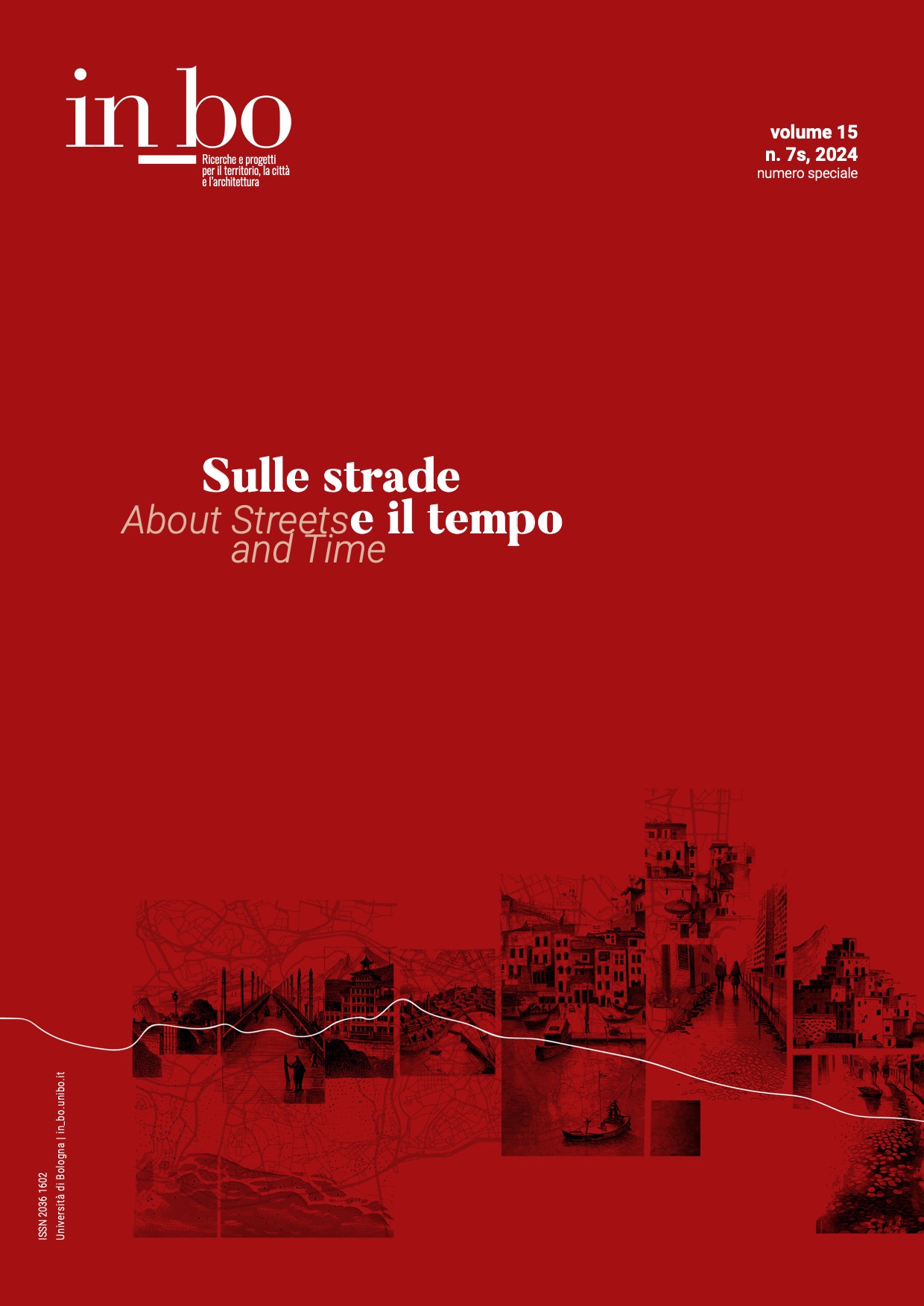Re-reading, Revaluing Residential Streets: Exploring Neighbourhoods in Beirut’s Suburbs
DOI:
https://doi.org/10.6092/issn.2036-1602/20406Keywords:
crisis, Greater Beirut, marginal, residential street, social practicesAbstract
Streets are enduring public spaces, which epitomise a city’s culture and identity. While lively streets are often located in central urban areas, the street’s vibrant quality could fade away in marginalised residential neighbourhoods. Moreover, crises could impact economic activities and the everyday lives of residents. The concept of liveability serves to study streets in a relational perspective, by analysing the relation among their morphology, functions and diverse social activities. This paper aims to investigate residential streets in marginal neighbourhoods, and their role in providing public spaces that are conducive to social practices, especially in crisis situations, taking the case of Lebanon. The research builds on urban design literature, site visits, observations and informal interviews with residents, to map the street interface and corresponding activities. The study area was selected in a neighbourhood to the north of the capital city Beirut, in the administrative area of Sarba, which is characterised by population of mixed backgrounds, and accessibility through the highway to other cities. Our research findings suggest that there is a relation between the street interface that extends from the ground floor up to the residential building roof, and the opportunity for staging social activities beyond this interface, blurring boundaries between public and private. Further studies in other streets are required to validate the applied methodology.
Downloads
Published
How to Cite
Issue
Section
License
Copyright (c) 2024 Christine Mady, Elie Hawi

This work is licensed under a Creative Commons Attribution-NonCommercial 4.0 International License.





